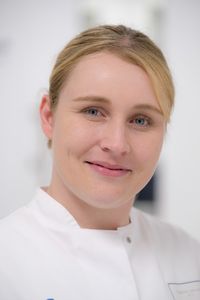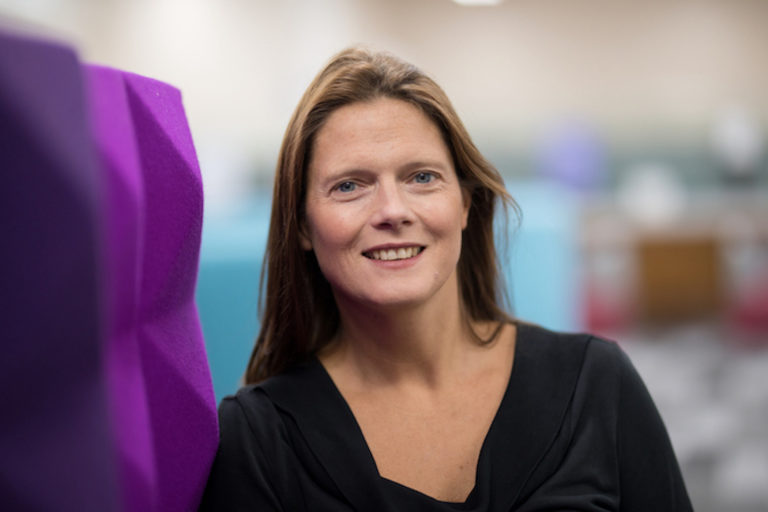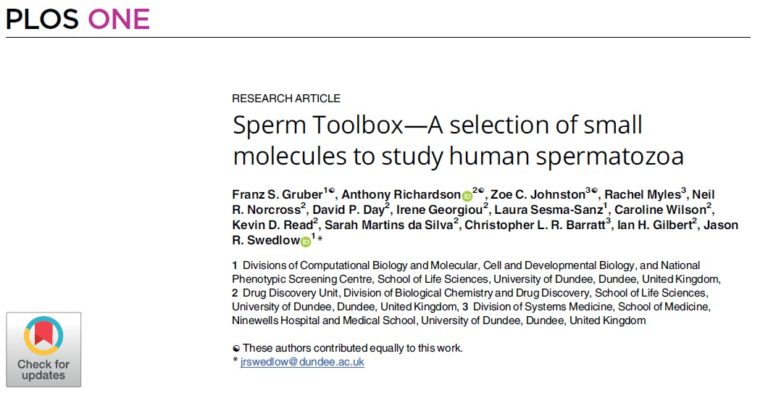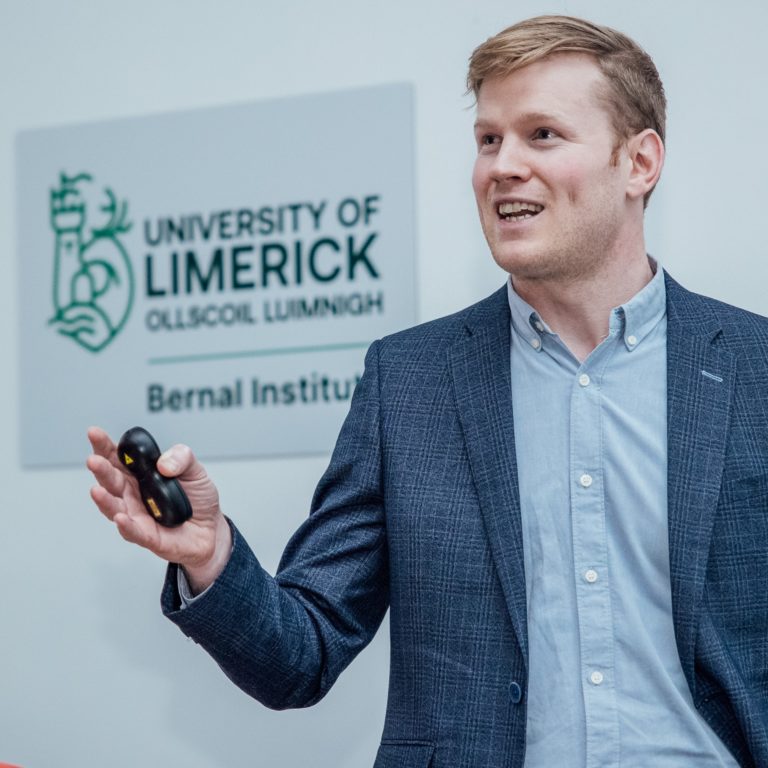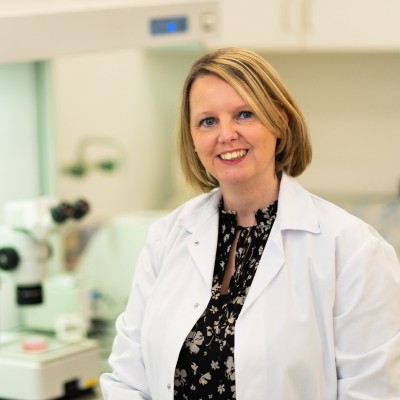Meet the NYRA School trainers: Lena Arévalo
We are delighted to introduce Dr. Lena Arevaló as a faculty member in first NYRA School in Omics of Male Germ Cells. Lena is a young PI who recently founded her lab at the Department of Animal Reproduction INIA-CSIC in Madrid, Spain. Her research focuses on molecular processes of mammalian reproduction in an interdisciplinary approach at …


